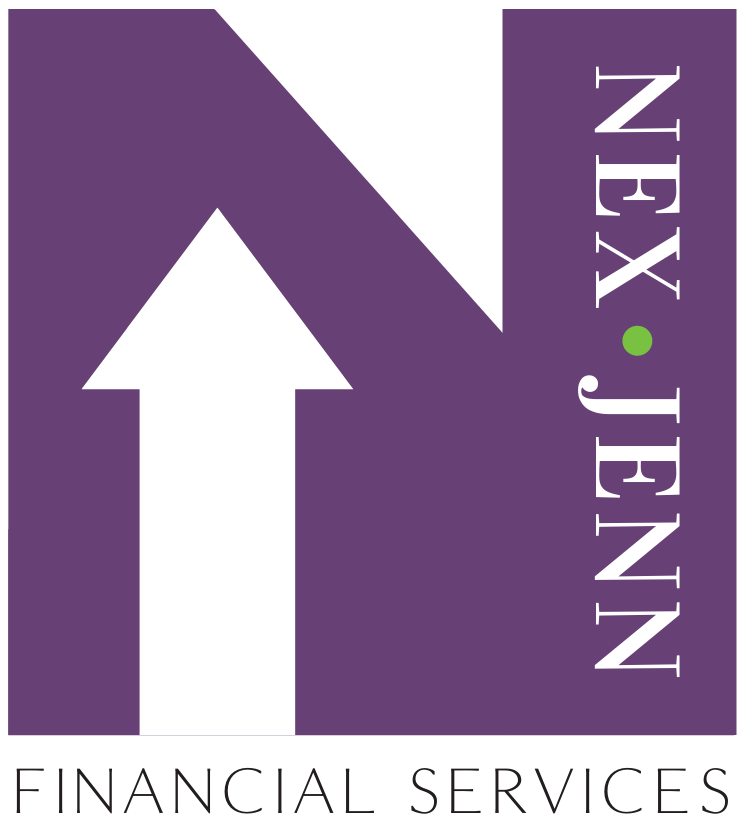Estimated Read Time: 4 minutes

The window of opportunity for many tax-saving opportunities closes on December 31, so it’s important to evaluate your tax situation now, while there’s still time to affect your bottom line for the 2022 tax year. In this blog, we will be breaking down the most important points to consider during your year-end planning process.
The main points of this blog are:
● Timing is Everything
● Higher-Income Earners
● IRAs and Retirement Plans
● Roth Conversions
Timing is Everything
If there’s a chance that you will be in a lower income tax bracket next year, the first thing is to consider any opportunities you have to defer income to 2023. For example, you may be able to defer a year-end bonus or delay the collection of rents or payments for services. Doing so may allow you to postpone paying tax on the income until next year.
Next, you should explore ways to accelerate deductions into 2022. If you itemize deductions, you might accelerate some deductible expenses like medical expenses, qualifying interest, or state and local taxes by making payments before year-end. Or you might consider making next year’s charitable contribution this year.
Alternatively, it may actually make sense to take the opposite approach if you anticipate being in a higher tax bracket next year. In this case, you may want to consider accelerating income into 2022 and postponing deductible expenses to 2023. If you project that you’ll be in a higher tax bracket in 2023, paying taxes this year instead of next might be outweighed by the fact that the income would be taxed at a higher rate next year.
Higher-Income Earners
Timing of income usually impacts higher-income earners who are in the higher tax brackets. The top marginal tax rate (37%) applies if your taxable income exceeds $539,900 in 2022 ($647,050 if married filing jointly, $323,925 if married filing separately). Your long-term capital gains and qualifying dividends could be taxed at a maximum 20% tax rate if your taxable income exceeds $459,750 in 2022 ($517,200 if married filing jointly, $258,600 if married filing separately, $488,500 if filing head of household).
Additionally, a 3.8% net investment income tax (unearned income Medicare contribution tax) may apply to some or all of your net investment income if your modified AGI exceeds $200,000 ($250,000 if married filing jointly, $125,000 if married filing separately). Also, note that high-income individuals are subject to an additional 0.9% Medicare payroll tax on wages exceeding $200,000 ($250,000 if married filing jointly or $125,000 if married filing separately).
By timing income, you may be able to reduce or avoid these additional taxes.
IRAs and Retirement Plans
It is important to take full advantage of tax-advantaged retirement savings vehicles. Traditional IRAs and employer-sponsored retirement plans such as 401(k) and 403(b) plans allow you to contribute funds on a deductible or pre-tax basis, reducing your 2022 taxable income. Contributions to a Roth IRA (assuming you meet the income requirements) or a Roth 401(k) aren’t deductible or made with pre-tax dollars, so there’s no tax benefit for 2022, but qualified Roth distributions are completely free from federal income tax, so your money grows tax free from this point forward.
For 2022, you can contribute up to $20,500 to a 401(k) plan ($27,000 if you’re age 50 or older) and up to $6,000 to a traditional IRA or Roth IRA ($7,000 if you’re age 50 or older). The window to make 2022 contributions to a 401(k) typically closes at the end of the year, while you generally have until the tax return filing deadline to make IRA contributions.
Roth Conversions
Year-end is a good time to evaluate whether it makes sense to convert a tax-deferred savings vehicle like a traditional IRA or a 401(k) account to a Roth account. When you convert a traditional IRA to a Roth IRA, or a traditional 401(k) account to a Roth 401(k) account, the converted funds are generally subject to federal income tax in the year that you make the conversion, except to the extent that the funds represent nondeductible after-tax contributions. If a Roth conversion does make sense, you’ll want to give some thought to the timing of the conversion. For example, if you believe that you’ll be in a lower tax bracket this year, then you might think about acting now rather than waiting. Whether a Roth conversion is appropriate for you depends on many factors, including your current and projected future income tax rates, so be sure to consult with your tax advisor before making a Roth conversion.
When it comes to year-end tax planning, there’s always a lot to think about. A tax professional can help you evaluate your situation, keep you apprised of any legislative changes, and determine whether any specific year-end moves make sense for you.
